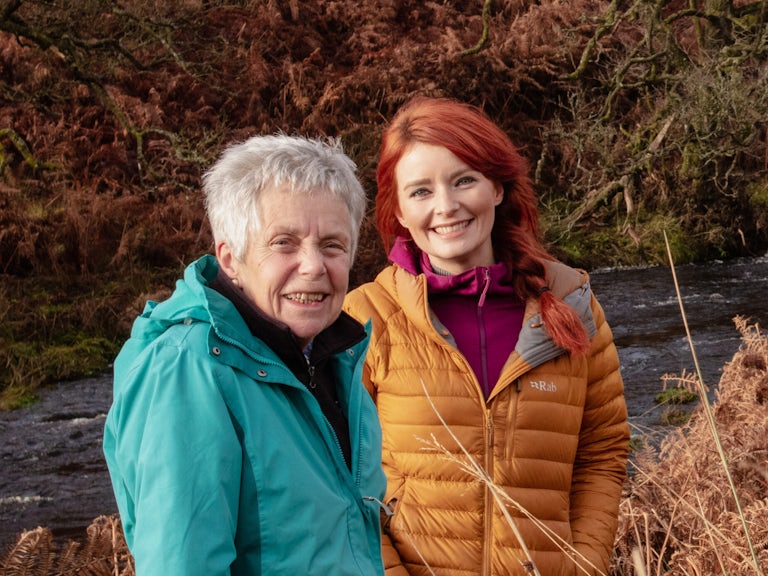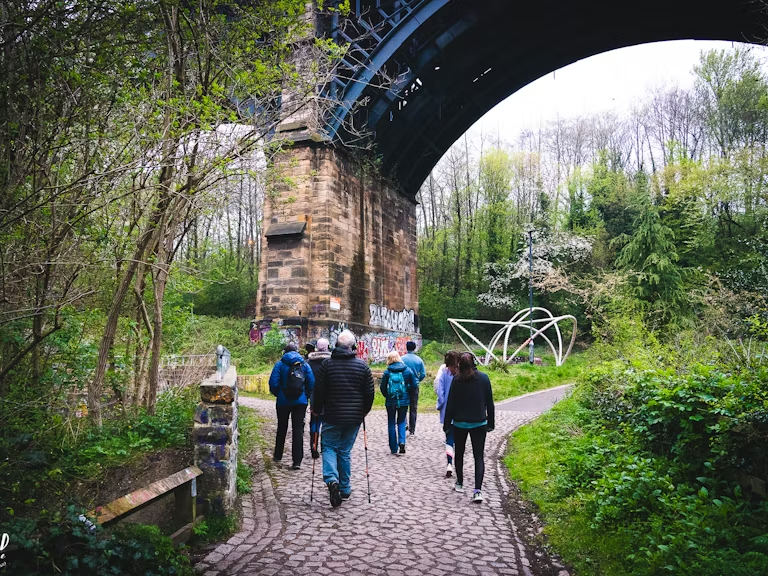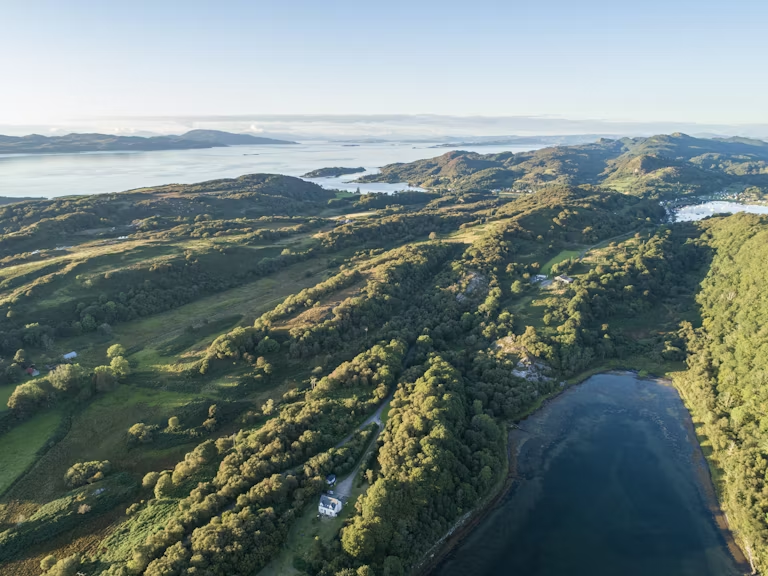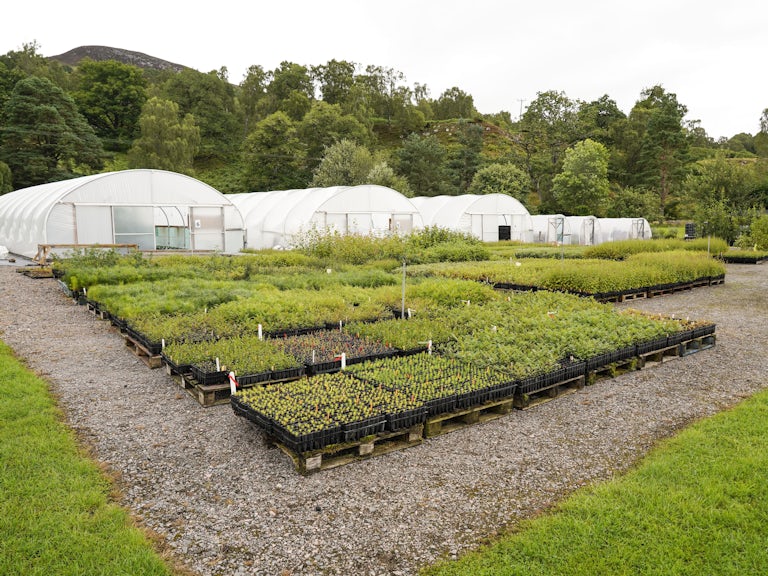Case study: Trees for Life
Based in the Scottish Highlands, charity Trees for Life has developed an innovative rewilding financing model on its land that provides direct community benefits through carbon credits.

In summary
- Project type: Rewilding charity with direct community benefits
- Location: Scottish Highlands
- Current Income: Project-based grants, corporate partnerships, individual donations, carbon credits, crowdfunding bond
- Projected Income: Project-based grants, corporate partnerships, individual donations, carbon credits
Back in 2008, Trees for Life purchased the 4,047ha (10,000 acre) Dundreggan estate in Glenmoriston, and a decade later put its first carbon credits generated through rewilding up for sale, after the Woodland Carbon Code validated 50,000 Pending Issuance Units.
Woodland carbon wasn’t really a thing in 2018 and it was 2020 before we sold our first units,” says Alan McDonnell, Head of Nature Restoration at Trees for Life. But sales really took off over the next few years and, given the focus of the project on ecosystem function and the charity’s focus on rewilding and social benefits, its carbon credits have sold for as much as £60 — more than double the value of most units.
Trees for Life donates a third of the profits from their carbon credits to two local community organisations to spend on projects that relate to the land and nature: West Glenmoriston Community Company and the Glenmoriston Improvement Group. Projects have included improving wildlife warning signs for red squirrels and toads, developing a children’s play park and making repairs to the West Glenmoriston community hub building.
Explore our Rewilding Financing Report
Uncover our blueprint for a game-changing shift in funding and investment for rewilding.
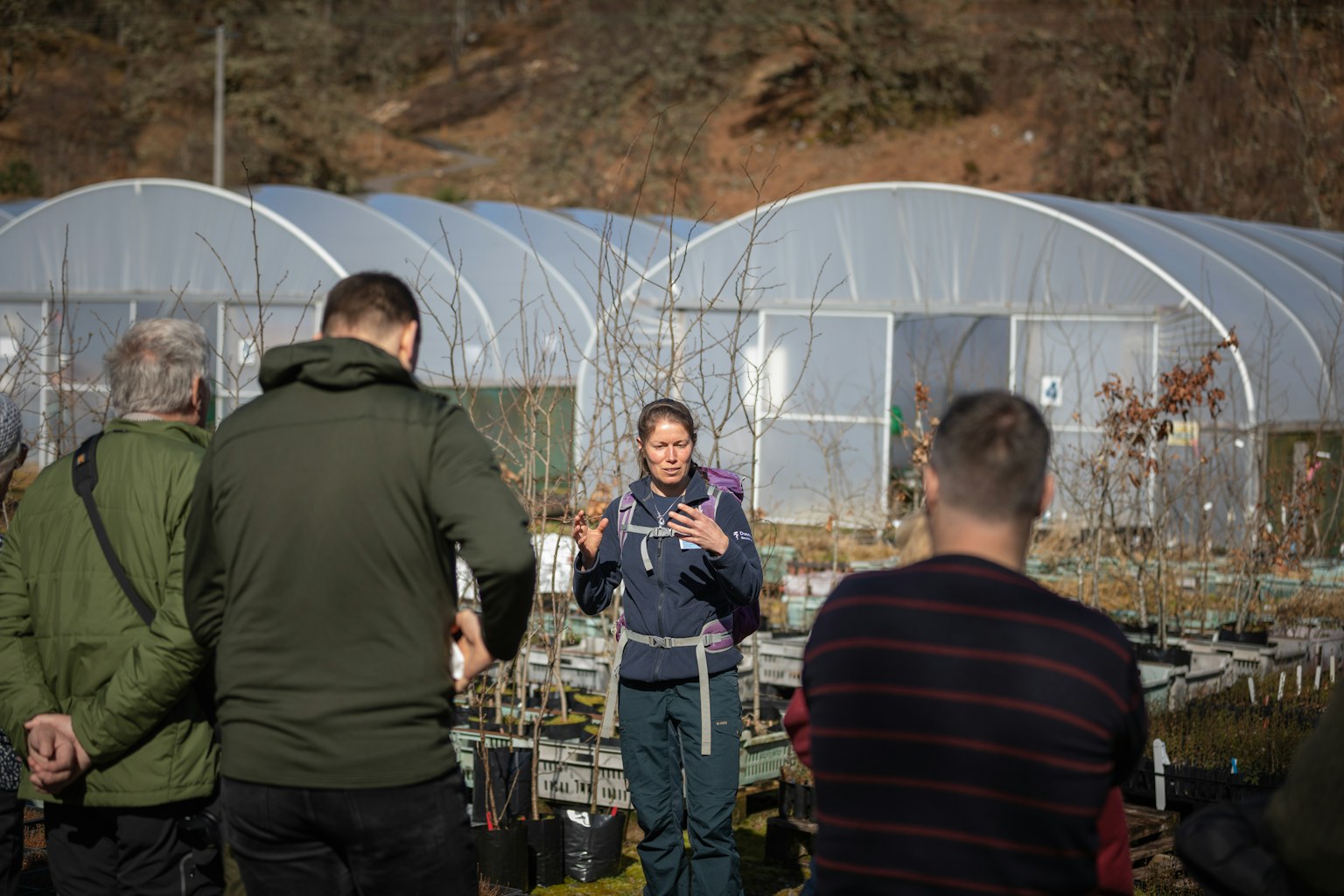
Now Trees for Life is aiming to persuade other landowners to help implement the same model. In the Affric Highlands, for example, it has begun work with two landowners as part of a 30-year initiative to bring together communities, businesses and landowners to restore woodland, peatland and riverside habitats. The charity provides landowners with a free ecological survey to help identify the highest ecological priorities for rewilding interventions. And it has put them in touch with intermediaries like Finance Earth and Zulu Ecosystems, who can conduct a carbon credit analysis, guide them through the validation process, and connect the landowners up with investors looking for high-integrity land restoration schemes.
Trees for Life is also working with Local Community Trusts to determine the community benefits of these projects. McDonnell is hopeful that both landowners will start a direct revenue share with local communities. Once these projects launch (one could come on-stream in 2024) and are in the public domain, he hopes “this will give actors like the Scottish Land Commission and Scottish political parties more licence to say this is where the standard should be.” “The value to both landowners and investors in working with Trees for Life is integrity”, says McDonnell. “Our approach is to secure high-integrity rewilding projects though the high prices needed to deliver the ecological and social benefits that are essential to long-term positive impact.”
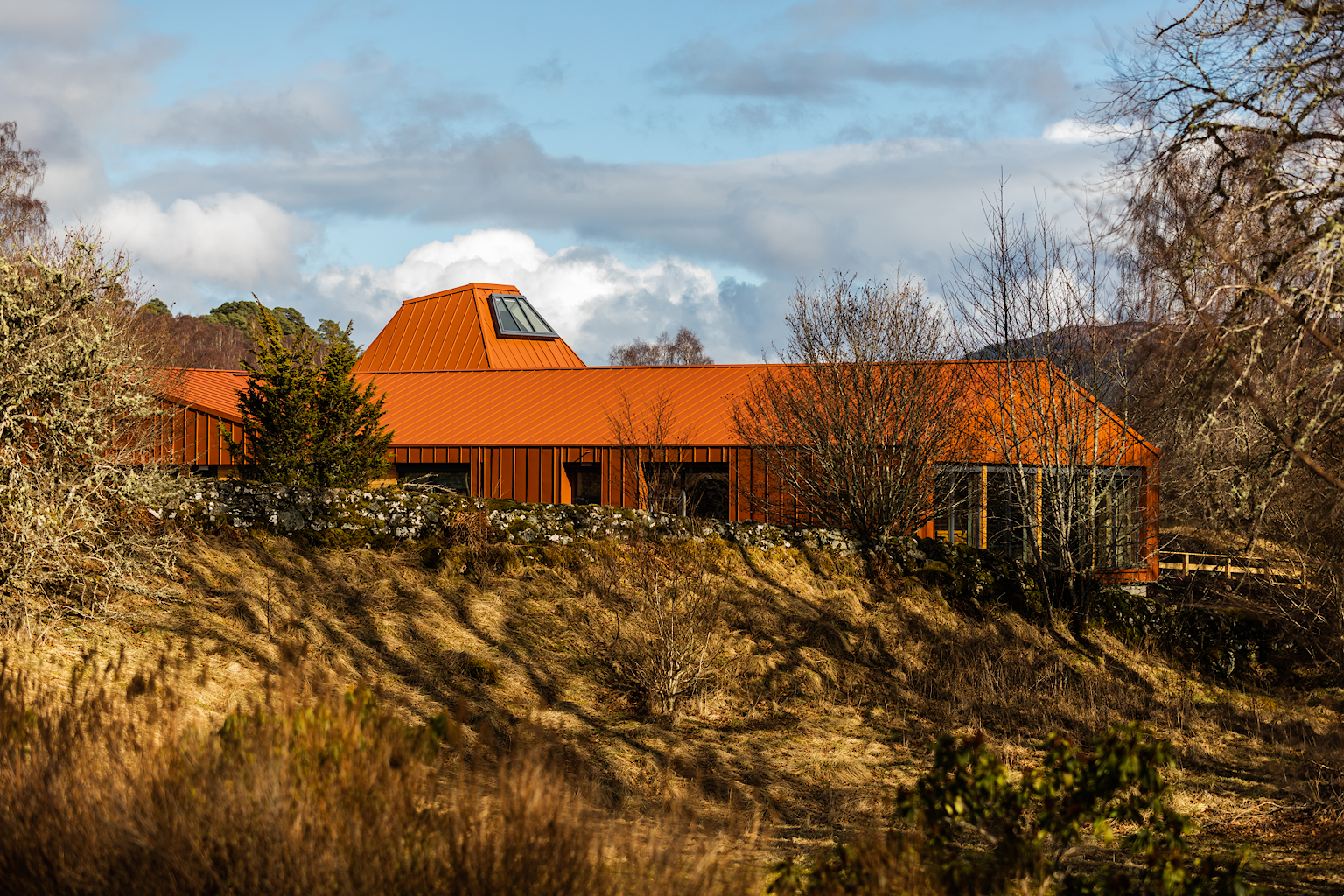
What would help this type of funding model take off, he believes, is the establishment of a general definition of what a high-integrity rewilding project is, based on sound ecological principles, and with tangible community benefits and community input.
He says there also needs to be more alignment between what investors expect and what rewilding projects can deliver. “There’s all this interest from financial investors in natural capital, but it’s not clear where investor expectations lie when it comes to rates of return and whether these are realistic,” he explains. Scale is another issue. “Investors come to us and they want to spend £10 million, when we could often use more like £150,000.” A wonderful problem to have, if together we can navigate a way through.

BANKING ON REWILDING
In 2023, Trees for Life opened the world’s first rewilding centre at Dundreggan — to share its rewilding vision with the world and to generate revenue for the estate and the local community by providing jobs and attracting visitors to the area.
Revenue from the sale of carbon credits went some way towards financing construction, but to cover the full costs the charity launched an ambitious crowdfunding bond with Triodos Bank, the bank’s first such bond to benefit a UK rewilding charity directly. The full £2 million was raised within 48 hours, a positive sign that more rewilding projects can be funded this way.
Find out more about Trees for Life
Published as part of our Rewilding Finance report , June 2024.
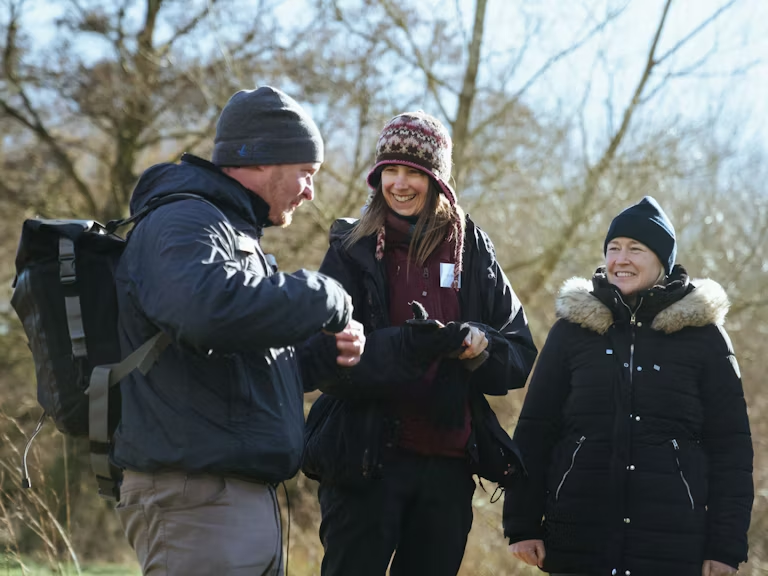
Join the Rewilding Network
Be at the forefront of the rewilding movement. Learn, grow, connect.
Join the Rewilding Network
